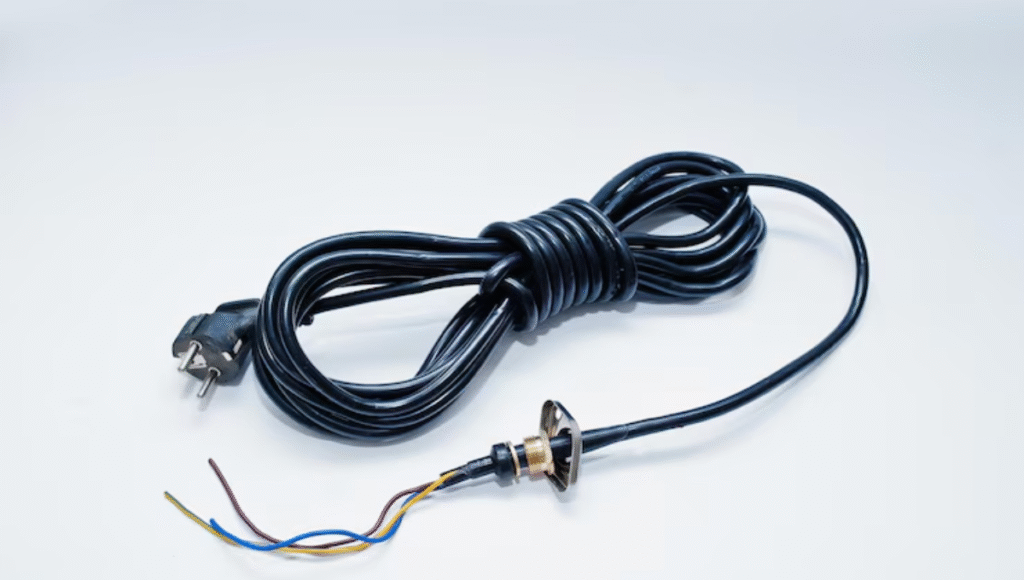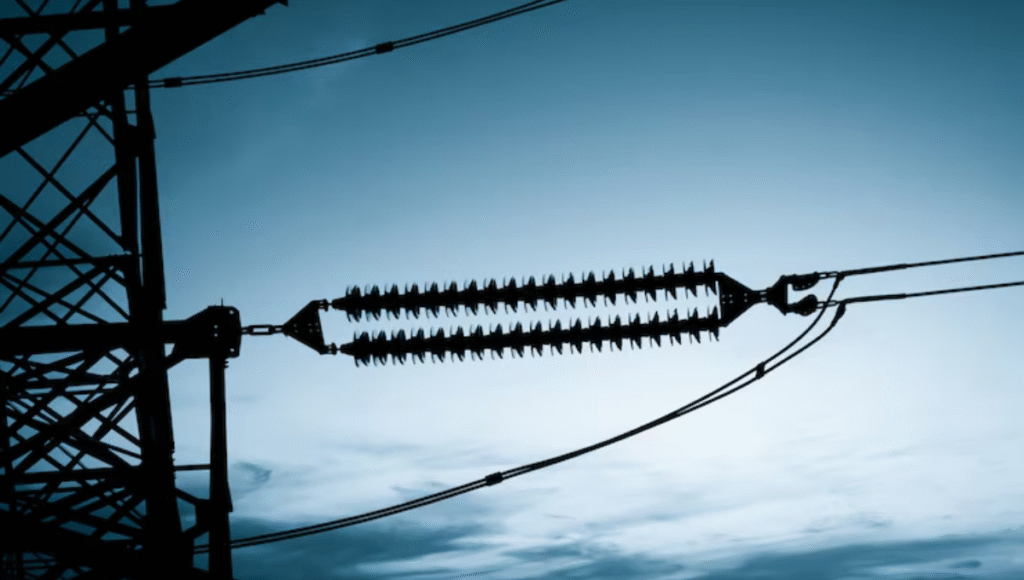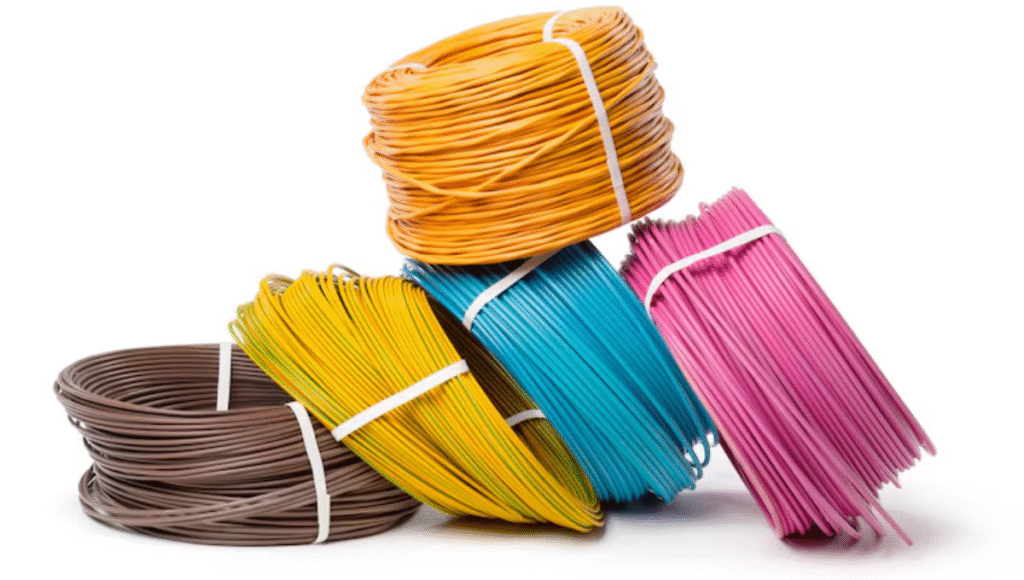
Low voltage wire is a critical component in modern electrical systems, powering everything from landscape lighting to home automation. Whether you’re a homeowner looking to install outdoor lights or a professional electrician working on a commercial project, understanding low voltagewire is essential for safe and efficient installations. This article explores what low voltage wire is, its types, applications, installation tips, safety considerations, and more, tailored for readers in the USA.
Must Read: Retinol Before or After Moisturizer: A Complete Guide for Your Skincare Routine
What Is a Low Voltage Wire?
A low voltage wire is an electrical cable designed to carry a reduced voltage, typically under 50 volts, compared to standard household wiring, which operates at 120 or 240 volts. These wires are used in systems requiring less power, such as lighting, telecommunications, security systems, and audio-visual setups. Their low voltage nature makes them safer to handle, often allowing DIY installations with proper precautions.

According to the National Electrical Code (NEC) in the USA, low voltage systems generally operate at 30 volts or less for alternating current (AC) or 60 volts for direct current (DC). This distinction ensures reduced risk of electrical shock, making low voltagewire ideal for applications where safety is a priority.
Types of Low Voltage Wire
Low voltage wires come in various types, each suited for specific applications. Here’s a breakdown of the most common types:
- Landscape Lighting Wire: Used for outdoor lighting, these wires are typically 12- or 14-gauge and designed to withstand weather conditions. Example: A 12/2 low voltage wire for garden path lights.
- Thermostat Wire: Often 18-gauge, used to connect HVAC systems to thermostats. It typically has multiple conductors (e.g., 18/5 for five wires).
- Speaker Wire: Common in home audio systems, available in gauges like 16 or 18, designed to minimize signal loss.
- Cat5e/Cat6 Ethernet Cable: Used for networking and internet connectivity, supporting data transfer in home or office setups.
- Coaxial Cable: Often used for cable TV or internet, delivering high-frequency signals with minimal interference.
Each type of low voltage wire is engineered for specific performance needs, ensuring optimal functionality and safety.
Common Applications of Low Voltage Wire
Low voltage wire is versatile and widely used in residential and commercial settings. Here are some popular applications:
- Outdoor and Landscape Lighting: Low voltagewire powers garden lights, pathway lighting, and accent lights, enhancing curb appeal and safety. For example, a homeowner in California might use 12/2 low voltage wire for a backyard lighting project.
- Home Automation: Smart home devices, like doorbells (e.g., Ring) or thermostats (e.g., Nest), rely on low voltage wire for connectivity.
- Security Systems: Cameras, motion sensors, and alarms use low voltage wire to ensure reliable operation without high power demands.
- Audio-Visual Systems: Home theater systems and multi-room audio setups use low voltage wire for speakers and media connections.
- Telecommunications: Low voltage wire supports phone lines and internet connectivity, such as Cat6 cables for high-speed networks.
In 2023, the U.S. market for low voltage wiring was valued at approximately $2.8 billion, with growth driven by demand for smart homes and energy-efficient lighting (source: industry reports). This highlights the increasing reliance on low voltage systems.
Benefits of Using Low Voltage Wire
Low voltage wire offers several advantages, making it a popular choice:
- Safety: Lower voltage reduces the risk of electrical shock, making it safer for DIY projects.
- Energy Efficiency: Systems like LED lighting, powered by low voltagewire, consume less energy, reducing utility bills.
- Flexibility: Easy to install and compatible with a wide range of devices.
- Cost-Effective: Lower installation and maintenance costs compared to high-voltage systems.
For instance, a homeowner installing low voltage landscape lighting can save up to 80% on energy costs compared to traditional high-voltage lighting, according to Energy Star.

Installation Tips for Low Voltage Wire
Proper installation is crucial for safety and performance. Here are five practical tips for working with low voltage wire:
- Choose the Right Gauge: Select the appropriate wire gauge based on the distance and load. For example, use 12-gauge for longer runs (over 100 feet) in landscape lighting to prevent voltage drop.
- Use Weatherproof Materials: For outdoor applications, choose UV-resistant, direct-burial low voltagewire to withstand environmental conditions.
- Plan the Layout: Map out the wiring path to minimize cable length and avoid obstacles like tree roots or water lines.
- Secure Connections: Use waterproof connectors and junction boxes to protect against moisture and corrosion.
- Follow NEC Guidelines: Adhere to local codes, such as NEC Article 411, for safe low voltage installations.
Always consult a licensed electrician for complex projects to ensure compliance with regulations.
Safety Considerations
While low voltage wire is safer than high-voltage wiring, precautions are still necessary:
- Avoid Overloading: Ensure the transformer or power supply matches the system’s wattage requirements to prevent overheating.
- Proper Insulation: Use wires with appropriate insulation for indoor or outdoor use to avoid short circuits.
- Regular Inspections: Check for wear, fraying, or exposed wires, especially in outdoor setups exposed to weather.
- Professional Assistance: For large-scale projects, hire a professional to avoid errors that could lead to system failure.
In 2022, electrical malfunctions, including improper low voltage installations, accounted for 7% of home fires in the USA, emphasizing the need for proper handling (source: NFPA).
Examples of Low Voltage Wire Projects
- Backyard Lighting: A homeowner in Texas used 14/2 low voltagewire to install LED pathway lights, reducing energy costs by 70% compared to halogen lights.
- Smart Home Upgrade: A small business in Florida installed Cat6 low voltage wire for a networked smart office, improving connectivity for IoT devices.
- Security System: A retailer in New York used low voltage wire to power a multi-camera surveillance system, ensuring 24/7 monitoring.
These examples show how low voltagewire enhances functionality and efficiency across various settings.
Choosing the Right Low Voltage Wire
When selecting low voltage wire, consider:
- Voltage Requirements: Ensure the wire supports the system’s voltage (e.g., 12V or 24V for lighting).
- Environment: Choose wires rated for indoor, outdoor, or direct-burial use.
- Gauge and Length: Match the gauge to the distance and power needs to avoid voltage drop.
- Certifications: Look for UL-listed or NEC-compliant wires for safety and quality assurance.
For example, Southwire and Belden are trusted brands in the USA for high-quality low voltage wire.
Call-to-Action
Ready to upgrade your home or business with low voltagewire? Whether it’s for lighting, security, or smart home systems, consult a licensed electrician to ensure a safe and efficient installation. Visit your local hardware store or trusted online retailers like Home Depot or Amazon to explore a range of low voltagewire options tailored to your needs.

Frequently Asked Questions (FAQs)
- What is a low voltagewire used for?
Low voltagewire is used for systems requiring less than 50 volts, such as landscape lighting, security systems, home automation, and telecommunications. - Is low voltagewire safe to handle?
Yes, low voltagewire is safer than high-voltage wiring due to reduced risk of electrical shock, but proper installation and insulation are still essential. - What gauge low voltagewire should I use for outdoor lighting?
For runs under 100 feet, 14-gauge is sufficient; for longer distances, use 12-gauge to prevent voltage drop. - Can I install low voltagewire myself?
DIY installations are possible for simple projects like landscape lighting, but complex systems should be handled by professionals to comply with NEC guidelines. - How do I prevent voltage drop in low voltagewire systems?
Use the correct wire gauge, minimize cable length, and ensure the transformer’s wattage matches the system’s requirements.
